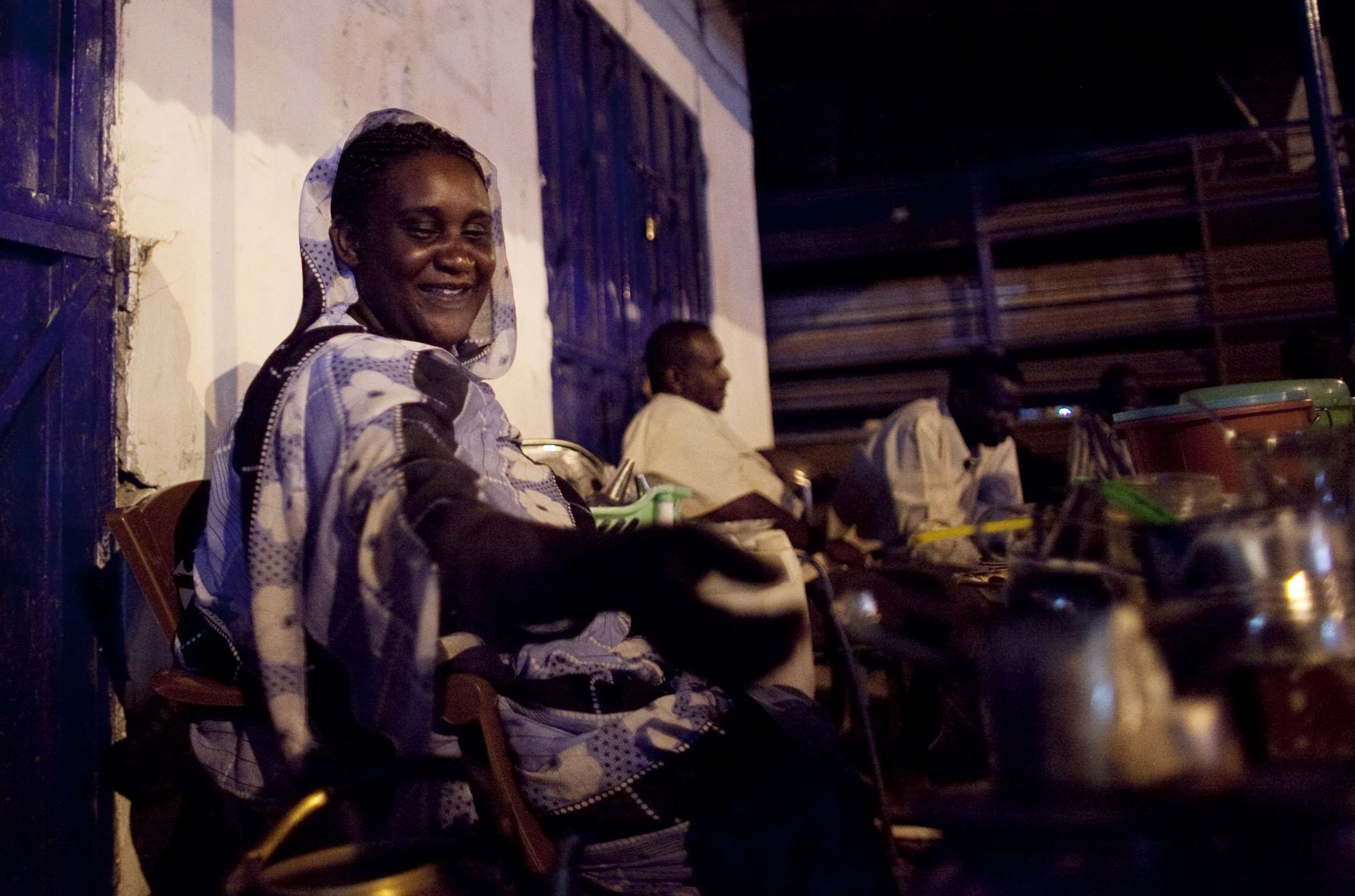RENK, Sudan–In the northernmost point of Southern Sudan, the challenges facing the south as it looks toward independence are starkly evident, but not in the way I imagined before arriving in this surprisingly developed and bustling town roughly 30 miles from Sudan’s north-south border.
Renk feels unlike much of the rest of Southern Sudan thanks to reliable, 24-hour electricity, streetlights lining paved roads in the town center, and a lively evening market populated by northerners, southerners, and immigrants from Ethiopia, which borders Upper Nile state.
Sudan’s “center-periphery” dynamic has driven conflict in the country since independence. Khartoum has generally been the site where Sudan’s wealthy and powerful elite have directed their campaigns of marginalization and violence against the country’s peripheral populations (like those in Darfur and in the south). If follows that development and prosperity in Sudan emanate from the capital Khartoum, but over the years, the ruling National Congress Party regime has extended its riches to other select areas, mostly in the Nile river areas south near the capital.
Before visiting Renk, which is a proverbial stone’s throw from the contested dividing line that will likely cut Sudan in two following the south’s looming referendum, I had not considered the idea that the development that parts of the north enjoy would reach all the way here. Upon driving into town and seeing tall electricity poles installed last year thanks to the “Unity Support Fund” of the northern and southern Sudanese governments, it seemed that the northern influence had reached below the border in more ways than one. Renk, in the far north of Southern Sudan, is a unique blend of north and south that could likely disappear after Sudan breaks in two.
Spending time here raises huge questions about the future of the south, and about how north and south will interact after the south secedes–a scenario so likely that Secretary of State Hilary Clinton recently said it was “inevitable.” Here are a handful of these questions:
–Will the northerners–traders, shopkeepers, restaurant owners–be allowed to continue working and living in a place like Renk?
–Will the Southern Sudanese here–the majority of whom speak Arabic and virtually no English–be forced to adopt to the polices set by the newly sovereign Juba government, even if these policies contradict the way of life they know?
–Will border towns like Renk–currently a positive example of peaceful coexistence between some of these communities–become battlefields if the outcome of the referendum is not accepted by one side or the other?
The current realities of life in this community on Sudan’s north-south front line are likely to change dramatically following the southern self-determination vote. The answers to the above questions and many others will dictate whether the changes will benefit the people of Renk, a melting pot community which symbolizes Sudan’s immense—and perhaps fleeting—diversity.
Photo by Pete Muller: Siham Moussa Abdellati, tea seller in Renk’s bustling market, September 2010 (www.petemullerphotography.com)
